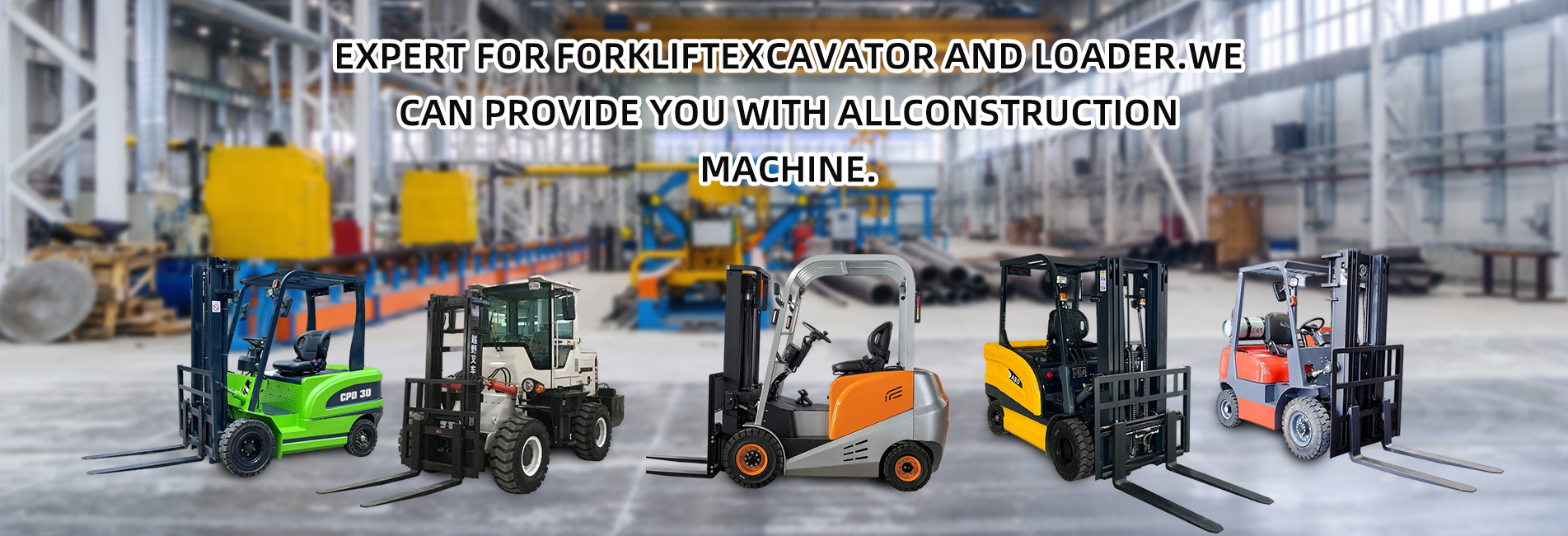In the selection of high-power forklifts, the differences between gasoline forklifts and diesel forklifts are more significant than those between LPG forklifts. Especially in heavy-duty operation scenarios, their adaptability is completely different. The following is a comparison from core dimensions to provide reference for selection:

Power Performance and Adaptability to Operation Intensity
The torque output of diesel forklifts is their core advantage. When handling heavy goods over 15 tons, climbing slopes (slope > 15°), or operating under low-speed and heavy-load conditions, the low-speed and high-torque characteristics of diesel engines are prominent, with almost negligible power attenuation. They are suitable for continuous full-load operation, such as extreme working conditions like raw material transfer in steel plants and stacking of heavy containers in ports.
Although the high-power version of gasoline forklifts can meet the 10-15 ton operation requirements, under long-term high load (such as continuous full-load operation for more than 8 hours), the engine block temperature is prone to be too high, requiring intermittent shutdown for cooling. They are more suitable for medium-intensity heavy operations, such as stone handling in building materials markets and loading/unloading of large goods in logistics parks.
Fuel Cost and Endurance Capacity
The unit energy cost of diesel is 10%-15% lower than that of gasoline, and diesel engines have higher thermal efficiency (8%-12% higher than gasoline engines). In high-power scenarios, the fuel cost per 100 kilometers of diesel forklifts can be saved by more than 20%. Calculated based on an average daily operation of 10 hours, diesel forklifts can save about 15,000-30,000 yuan in fuel costs per year (depending on the power level).
In terms of endurance, diesel forklifts generally have larger fuel tank capacities (80-150L), and their endurance range is 30%-50% longer than that of gasoline forklifts of the same power (with 50-100L fuel tanks), reducing the downtime caused by frequent refueling. They are especially suitable for continuous production scenarios with 24-hour shifts.
Environmental Protection Requirements and Restrictions on Operating Environment
Diesel forklifts emit much more particulate matter (PM2.5) and nitrogen oxides (NOx) than gasoline forklifts. In enclosed workshops (such as heavy machinery assembly workshops) or areas with strict environmental control (such as logistics hubs in urban core areas), exhaust gas purification devices (such as DPF particulate traps) must be equipped; otherwise, environmental penalties may be faced.
The exhaust pollutants of gasoline forklifts are mainly hydrocarbons. After treatment by three-way catalytic converters, the emission indicators can better meet the requirements of indoor operations. They are suitable for places sensitive to air quality, such as precision instrument warehouses and heavy component transfer workshops in high-end manufacturing industries.
Maintenance Cost and Equipment Lifespan
Diesel engines have higher structural strength, and the wear resistance of core components such as cylinder blocks and pistons is better than that of gasoline engines. Under the same operation intensity, the overhaul cycle is more than 50% longer than that of gasoline forklifts (the average overhaul cycle of diesel forklifts is 30,000 hours, while that of gasoline forklifts is about 20,000 hours). However, the maintenance interval of diesel forklifts is shorter (oil needs to be changed every 200 hours, compared to 300 hours for gasoline forklifts), and the replacement cost of components such as diesel filters and fuel injectors is higher.
The maintenance system of gasoline forklifts is more mature, with sufficient supply of accessories. Ordinary repair shops can complete the maintenance, and the single maintenance cost is 20%-30% lower than that of diesel forklifts. However, it should be noted that the wearing parts such as spark plugs and ignition coils of high-power gasoline engines need to be replaced more frequently (about every 500 hours).
Summary of Applicable Scenarios
Priority to diesel forklifts: Scenarios that require handling goods over 15 tons, continuous full-load operation, open operation sites (such as mining areas, ports), and are sensitive to long-term operating costs.
Priority to gasoline forklifts: Scenarios with medium operation intensity (10-15 tons), frequent start-stop or indoor operations, and high requirements for maintenance convenience.
In addition, factors such as regional policies (such as restrictions on diesel vehicles in some cities) and initial equipment investment (diesel forklifts are 15%-25% more expensive than gasoline forklifts of the same power) should also be considered. It is recommended to make a decision after calculation based on the 3-5 year full-life cycle cost model.


